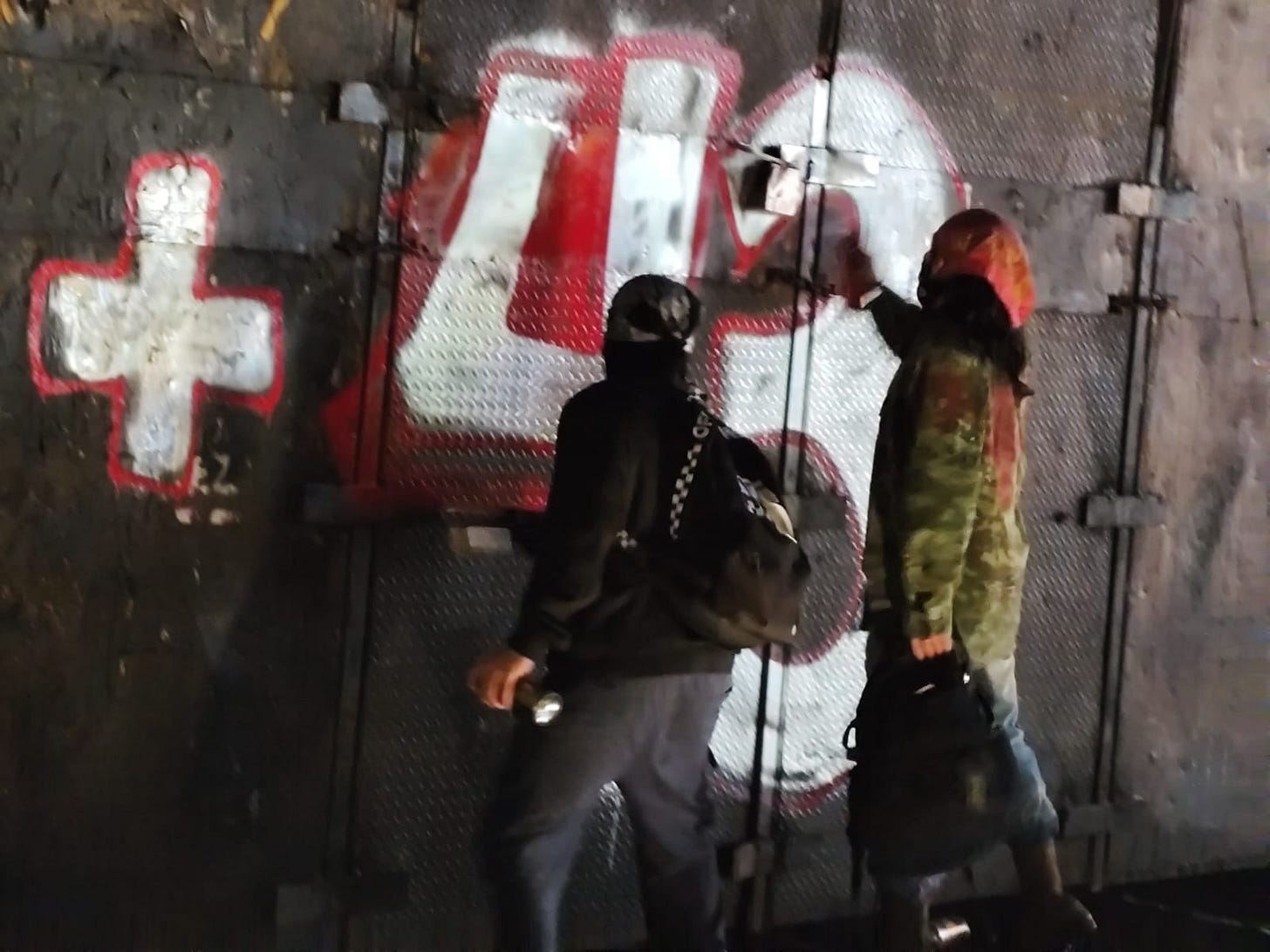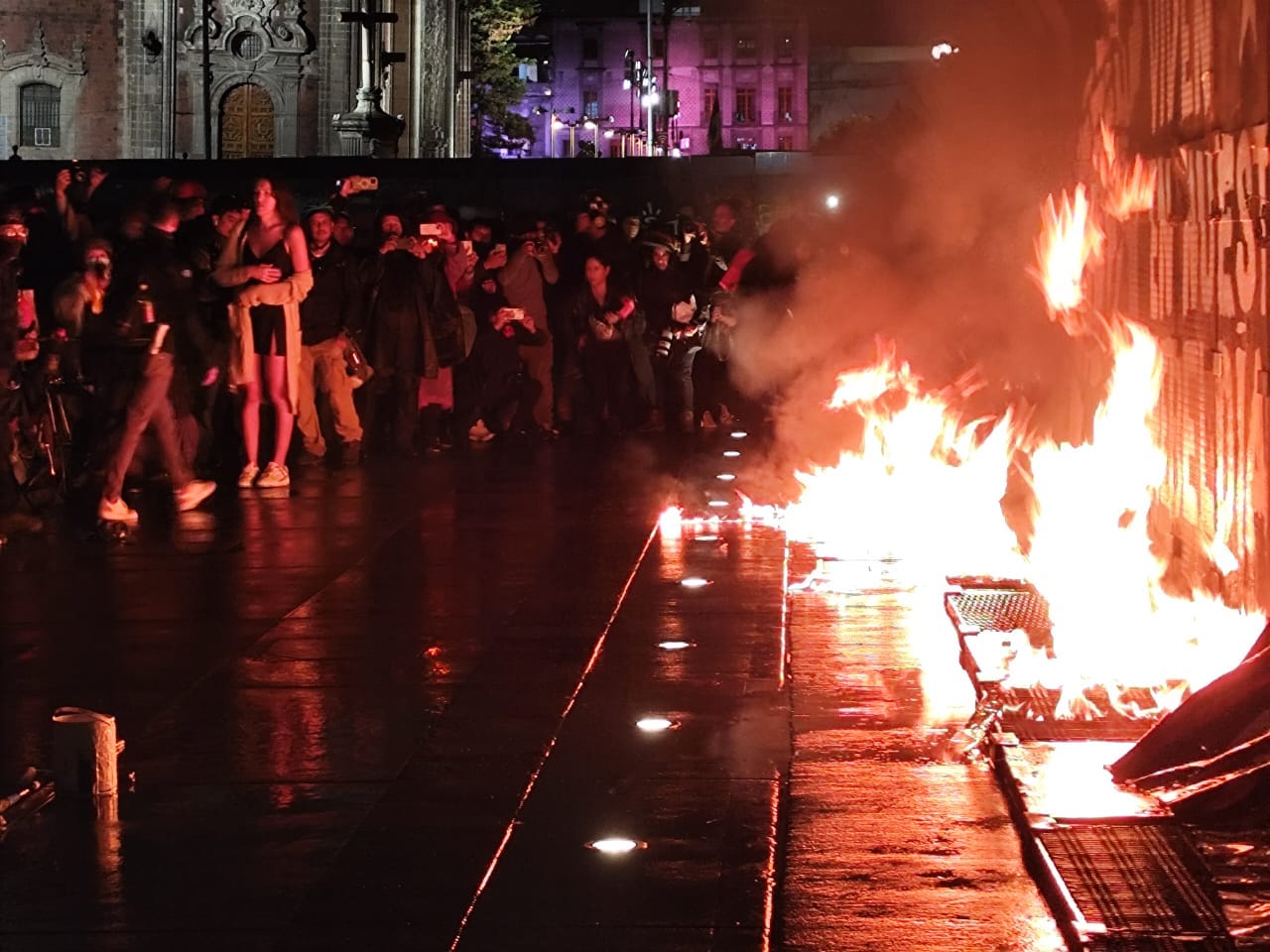Ayotzinapa: Ten Years of Fucking Up The Case
Is protection of the army why the disappearance of students is unsolved?
Para leer en español click aqui.
When we clambered up the hill on the outskirts of Iguala to see corpses being dug up in a mass grave, we thought it had to be the student teachers from the Ayotzinapa school. It was just over a week following the fateful night that the 43 students had gone missing after they ventured into Iguala, a town in Mexico’s Guerrero state, to “commandeer” buses; they were last seen in the hands of local police. With the unearthing of the grave that I scrambled to with other reporters, it appeared the fate of the disappeared had been discovered, and it was brutal.
Yet the bodies were of another bunch of victims showing the crazy scale of violence in Iguala, where the Guerreros Unidos heroin cartel ruled like warlords, and controlled the mayor and city police. In the nine months following the disappearance of the Ayotzinapa students on Sept. 26, 2014, federal investigators and others dug up 132 bodies in Iguala - and none of them were from the 43 disappeared. It was a double tragedy.
A decade now has passed and Mexican investigators are still, in theory, searching for the students. All they have found are small fragments of three victims (Alexander Mora, Christian Rodríguez and Jhosivani Guerrero) that had to be identified through forensic tests in a lab in Austria. And it’s not even clear where exactly all the fragments were really found.
The disappearance of the 43 students of Ayotzinapa is the most high-profile crime of a very bloody two decades in Mexico. Major resources have gone into sprawling investigations under two Mexican presidents, a truth commission was formed, teams of international investigators and forensic specialists flew in, and dozens of books and documentaries have come out. Yet it’s incredible how little has been determined of the student’s actual fate - and this highlights how supremely the case has been fucked up in the ten years.
In the crucial first days after the disappearance, a very corrupt Guerrero state prosecutor’s office pursued the crime, bungling or destroying clues. After the federal government under President Enrique Peña Nieto took over, the attorney general Jesús Murillo Karam infamously claimed he had discovered the “historic truth” - that narcos burned the students in a massive bonfire. But his federal investigators were found torturing suspects and falsifying evidence and Murillo Karam was later himself arrested.
In 2018, President Andrés Manuel López Obrador (AMLO) took power and promised to finally deliver justice. But he also came under fire, with investigators accused of withholding hundreds of case files from the family and messing up the prosecution of soldiers accused of being involved. More evidence, including text messages, came out but there were yet more accusations of clues being falsified.
Key suspects were arrested then freed then rearrested on new charges. Some died of Covid. Others were shot dead. Those sentenced used the weakness of the case to bolster their ongoing appeals. Instead of this one crime that the world was watching getting solved, it has become a showcase for how messed up Mexico’s justice system is.
It’s understandable then that angry protesters went out last Thursday, the tenth anniversary of the disappearance, and threw firecrackers, sprayed walls and set fires on the barricades shielding Mexico’s National Palace. In a rain-soaked Zocalo square in Mexico City, parents of the missing came before the crowd voicing their torment and frustration.
“For ten years we have marched on despite the pain,” said Hilda Legideño, mother of disappeared student, Jorge Antonio Tizapa. “Despite illness, despite the climate, we have marched on with the hope of finding our sons.”
But what if there was a reason the case hasn’t been solved? What if the cover ups and deception have been to protect one particular group? Speaking in the Zocalo, Mario González, father of the student César Manuel González, raised precisely this point.
“Señor President. Don’t take us for fools. You know perfectly well, who participated massively in the cowardly attack on our sons. It was the army,” he told the crowd.
The idea of the army being in the toxic mix of forces, including narcos and corrupt police, that went after the students has been raised since the first days after the disappearance. But it was always difficult to figure out. Why would soldiers give themselves problems by wading in when cartel thugs could easily kill the students themselves? And where was any proof against the military?
Within the thick mess of evidence that has come out, however, there are now enough pieces to put together a plausible picture of what could have happened and how soldiers could have participated. Rather than a carefully planned conspiracy, it shows the bloody chaos of Mexico’s narco politics.
The Ayotzinapa case has been described at length in books, documentaries and official reports. But here I analyze four key assertions to try and make sense of the series of events around the atrocity, what role soldiers played, and how the cover up took place. These are:
The attack on the students could not have been planned (before that day).
The abduction looks like an escalation stemming from a mix of motives.
The gangsters split the 43 students up and their fate was not determined in a single place or time; soldiers could have stepped in late to take part in some of the murders.
Protecting the army was key to the cover up and lack of justice.
The attack on the students could not have been planned (before that day)



